Top Things to Do in Qazvin + Photos
Qazvin, with its rich history and cultural heritage, offers a diverse array of activities and attractions for travelers to immerse themselves in. As one of Iran’s most captivating cities, it beckons visitors with its architectural wonders, picturesque landscapes, and vibrant bazaars. Whether you are a history enthusiast, an adventure seeker, or a culinary connoisseur, Qazvin has something special in store for everyone. In this article, we introduce and review the top sights of Qazvin so that you can get to know more about the beauty of this historical city. If you are wondering where to visit in Qazvin, stay with us until the end of this article.
Alamut Castle
Undoubtedly, one of the best Qazvin tourist attractions is its Alamut Castle. Perched on a remote mountain peak in the Alborz range of northern Iran, Alamut Castle is a storied fortress that has captured the imaginations of historians, adventurers, and storytellers for centuries (Location on map). The castle’s intriguing history, strategic location, and tales of the enigmatic Nizari Ismaili sect, famously known as the Assassins, have made it an enduring symbol of mystery and intrigue.
Alamut Castle was constructed during the 9th century, serving initially as a stronghold for the Ismaili Shia sect under the leadership of Hasan-i Sabbah. Hasan, known as “The Old Man of the Mountain,” founded the Nizari Ismaili community, and Alamut became the epicenter of their activities. The castle’s location atop a steep cliff provided a natural defense against potential invaders, making it an ideal base for the Ismaili community.
The Ancient Jameh Mosque of Qazvin
The Jameh Mosque of Qazvin dates back over a millennium, with its original construction believed to have been during the 9th century, under the rule of the Abbasid Caliphate (Location on map). The mosque has witnessed various reconstructions and expansions over the centuries, each under different dynasties, including the Seljuks, the Safavids, and the Qajars. This diverse architectural influence is evident in the mosque’s design, which seamlessly blends elements from different periods.
The Jameh Mosque of Qazvin is a prime example of the evolution of Islamic architecture in Iran. Its design encompasses a blend of various styles, including traditional Persian, Seljuk, and Safavid architectural elements. The mosque features a large courtyard with intricately decorated arcades, providing a sense of grandeur and tranquility.
Within the Jameh Mosque, visitors can explore a treasure trove of historical artifacts, such as ancient inscriptions, intricately designed wooden doors, and decorative elements from various periods of Iranian history. The mosque’s rich history is palpable as one delves deeper into its architectural details and observes the inscriptions that tell the stories of its patrons and the empires that once reigned.
Sa’d al-Saltaneh Caravanserai
The Sa’d al-Saltaneh Caravanserai stands as a testament to Iran’s historical role in facilitating trade along the ancient Silk Road (Location on map). Constructed during the Qajar era, this majestic caravanserai served as a vital resting place for weary merchants and their caravans during their arduous journeys. Its impressive brick facade and imposing arched entrance welcome visitors, offering a glimpse into the thriving commerce and cultural exchange that once thrived within its walls. Today, the Sa’d al-Saltaneh Caravanserai continues to allure travelers with its majestic presence, evoking a sense of awe and admiration for the enduring legacy of trade and hospitality that has characterized this enchanting region for centuries.
Qazvin Grand Bazaar
Qazvin Bazaar is one of the most charming attractions in Qazvin. Dating back over a thousand years, the Qazvin Grand Bazaar has played a pivotal role in the city’s economic and social life. The bazaar’s strategic location along the Silk Road, the ancient trade route that connected the East and West, brought an influx of traders, merchants, and travelers, turning Qazvin into a thriving center of commerce and culture (Location on map). Over the centuries, the bazaar has witnessed the rise and fall of empires, and its narrow alleys and vaulted passages have absorbed the stories of generations.
The architecture of the Qazvin Grand Bazaar is a captivating blend of traditional Persian and Islamic elements. The bazaar’s labyrinthine layout features interconnected passages and covered arcades, providing shade from the sun and shelter from the rain, making it an ideal space for commerce throughout the year.
One of the most striking features of the bazaar is its beautifully designed domes, each unique in its patterns and colors. The domes not only serve as architectural marvels but also contribute to the ventilation and lighting within the bazaar. The merchants’ shops, displaying an array of goods, line the passageways, showcasing traditional handicrafts, textiles, spices, carpets, and other products that reflect the city’s cultural heritage.
Qazvin Museum
Qazvin Museum, also known as Qazvin Museum of Calligraphy and Illumination, is a cultural treasure trove that showcases the rich artistic heritage of the region. Housed within an elegant 19th-century mansion, the museum is dedicated to preserving and displaying an impressive collection of exquisite calligraphy and illumination works (Location on map). Visitors are treated to a mesmerizing journey through the history of Islamic art as they admire intricate Quranic verses, poetry, and literary masterpieces painstakingly crafted by skilled calligraphers. The delicate use of colors, gold leaf, and intricate patterns in the illuminations add a sense of divine beauty to the displayed manuscripts. Qazvin Museum provides a serene and contemplative space where visitors can immerse themselves in the timeless art of calligraphy, appreciating the beauty of the written word and the cultural significance it holds in Iranian history and Islamic tradition.
Anthropology Museum of Qajar Bathhouse
The Anthropology Museum of Qajar Bathhouse offers a fascinating glimpse into the rich cultural heritage and daily life of the region’s past inhabitants. Housed within a meticulously restored Qajar-era bathhouse, the museum combines architectural splendor with curated exhibits showcasing traditional artifacts, costumes, tools, and household items from various periods (Location on map). As visitors explore the museum’s atmospheric chambers and courtyards, they are transported back in time, learning about the customs, traditions, and social dynamics that have shaped the lives of the people in Qazvin throughout history. The Anthropology Museum of Qajar Bathhouse serves as a captivating repository of Iran’s cultural heritage and an essential destination for those seeking to connect with the vibrant tapestry of the region’s past.
Chehel Sotoun Palace of Qazvin
The Chehel Sotun Palace of Qazvin stands as an awe-inspiring testament to Iran’s opulent past. Built during the reign of Shah Tahmasp I, the palace boasts a symmetrical layout and elegant columns adorned with intricate tilework and stucco decorations (Location on map). Its main hall showcases breathtaking frescoes depicting court life and historical events, offering a glimpse into the grandeur of the Safavid dynasty.
Surrounding the palace is the enchanting Garden of Paradise, a Persian-style garden featuring a central water channel and rows of trees, adding to the palace’s serene ambiance. Preserved and restored to its former splendor, the Chehel Sotun Palace remains a timeless legacy of Iran’s cultural and architectural heritage, captivating visitors with its exquisite beauty and historical significance.
Sepahdar HouseGarden & Agriculture Museum
Sepahdar House, Garden & Agriculture Museum is a captivating cultural destination that beautifully preserves Iran’s agricultural heritage and showcases the grandeur of Persian architecture (Location on map). Once the residence of Qazvin’s governor, this opulent mansion and its lush garden have been transformed into a museum that transports visitors back in time. The museum’s exhibits offer a fascinating insight into traditional farming practices, irrigation systems, and agricultural tools that have shaped the region’s agricultural history. The meticulously maintained garden, with its tranquil water features and colorful blooms, provides a serene setting to explore the region’s horticultural traditions.
Cantor Church
Cantor Church is an iconic religious landmark located in Qazvin (Location on map). Built during the 19th century, the church is known for its beautiful architecture and historical significance. The exterior of the church features a stunning combination of brick and stonework, with intricate details and ornate carvings. Inside, the church boasts a spacious and elegant interior with high ceilings and stained glass windows that depict biblical scenes. The Cantor Church has stood as a symbol of Christianity in Qazvin for centuries, attracting both locals and tourists who come to appreciate its beauty and historical value.
Hammam Qajar
Hammam Qajar is an architectural gem that reflects the grandeur of the Qajar era (Location on map). Built during the reign of Fath-Ali Shah Qajar in the 19th century, this exquisite bathhouse served as a testament to the opulence and sophistication of the time. The hammam features a stunning combination of Persian and Islamic architectural elements, with intricately designed tilework and stucco decorations adorning its domed ceilings and walls.
The bathhouse’s layout includes separate sections for men and women, showcasing the cultural significance of traditional bathing practices in Iranian society. Restored and preserved to its former glory, Hammam Qajar provides visitors with a unique opportunity to step back in time and appreciate the architectural splendor and cultural heritage of Qazvin during the Qajar era.
Ovan Lake
Ovan Lake, located in the picturesque Alamut region of Iran (Location on map), is a breathtaking natural gem that captivates visitors with its serene beauty and stunning surroundings. Nestled amidst the Alborz Mountains, the lake’s crystal-clear waters shimmer like a mirror, reflecting the majestic peaks and verdant landscapes that envelop it. The tranquil ambiance of Ovan Lake provides a perfect escape from the hustle and bustle of city life, offering a serene setting for nature lovers and adventurers. Surrounding the lake, lush meadows and wildflowers add splashes of color to the already picturesque scenery. Whether it’s leisurely walks along the shoreline, picnicking with loved ones, or simply basking in the tranquility of nature, Ovan Lake presents an idyllic retreat and a memorable experience for those seeking to immerse themselves in the pristine beauty of Iran’s natural landscapes.
Traditional foods and sweets of Qazvin
Qazvin’s traditional foods and sweets offer a delectable journey through the city’s culinary heritage. Among the must-try dishes is Baghali Polo, a flavorful rice dish infused with dill and fava beans, often served with tender lamb or chicken. The aromatic blend of spices and saffron in this dish showcases the region’s culinary expertise and is a true delight for the palate. Another local specialty is Qazvini Kebab, featuring succulent cuts of marinated meat grilled to perfection, accompanied by saffron-infused rice and grilled tomatoes. This dish embodies the rich flavors and tender textures that make Persian kebabs famous worldwide.
For those with a sweet tooth, Sohan Asali stands out as a beloved treat in Qazvin. This saffron-infused brittle candy is made from honey, almonds, and aromatic saffron, offering a delightful blend of flavors and textures. Gaz, another sweet delight, is a nougat-like confection crafted from pistachios, almonds, and fragrant rosewater, creating a heavenly experience for the senses.
Qazvin souvenirs
One of the top things to do in Qazvin is to buy souvenirs. Qazvin offers an array of enchanting souvenirs for travelers to cherish their trip to Qazvin. Among the most prized items are the intricately woven Qazvin carpets and rugs, boasting traditional Persian designs and vibrant colors that showcase the city’s skilled craftsmanship. These carpets are not only beautiful decorations but also an embodiment of Qazvin’s weaving traditions that date back centuries. In addition to the carpets, visitors can find an assortment of traditional handicrafts, such as pottery, ceramics, and metalwork items, each displaying exquisite artistry and reflecting the city’s cultural flair. The bazaars are filled with delightful treats like Sohan Asali and Gaz, tempting travelers to taste Qazvin’s culinary delights back home with them. Exploring the markets and selecting souvenirs in Qazvin becomes an immersive experience, allowing travelers to bring a piece of the city’s cultural heritage into their own lives.
Final Word
Qazvin is a city that beckons travelers with its rich history, architectural wonders, and vibrant culture. Whether you’re wandering through its ancient bazaars, exploring historical landmarks, or indulging in its culinary delights, each experience offers a unique insight into this captivating Iranian gem. Embrace the blend of past and present as you uncover the many treasures that Qazvin has to offer, leaving you with cherished memories and a newfound appreciation for the beauty of this historical jewel. On your trip to Iran, never forget to visit the beautiful city of Qazvin.
Are you planning to travel to Iran and looking for an Iran travel agency? Check out our Iran tours.

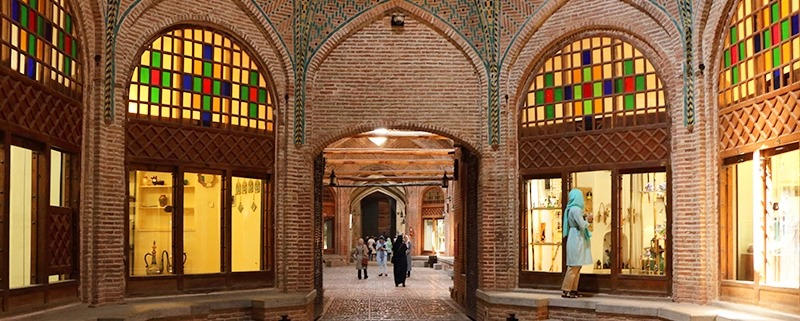
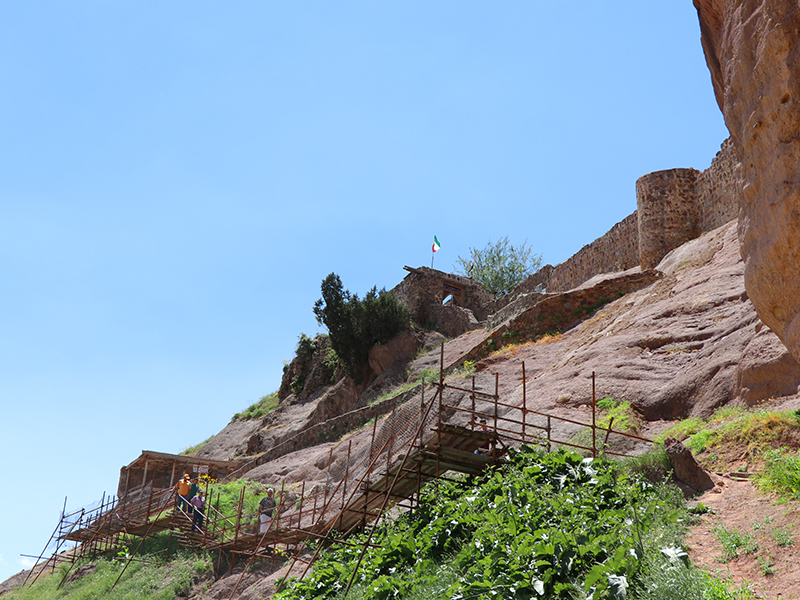

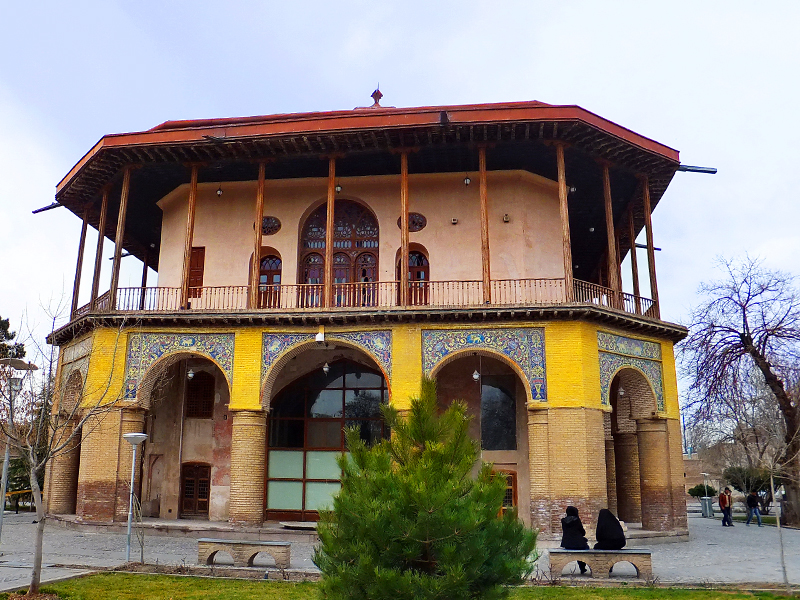
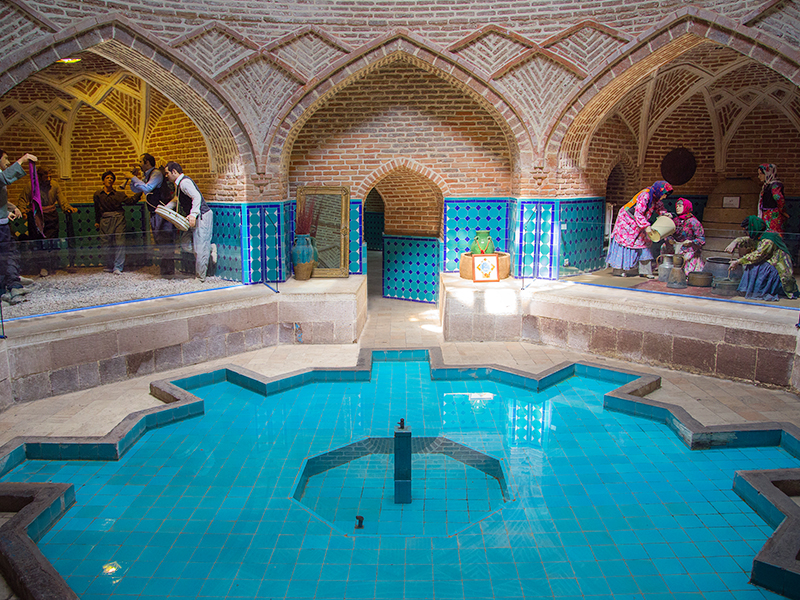
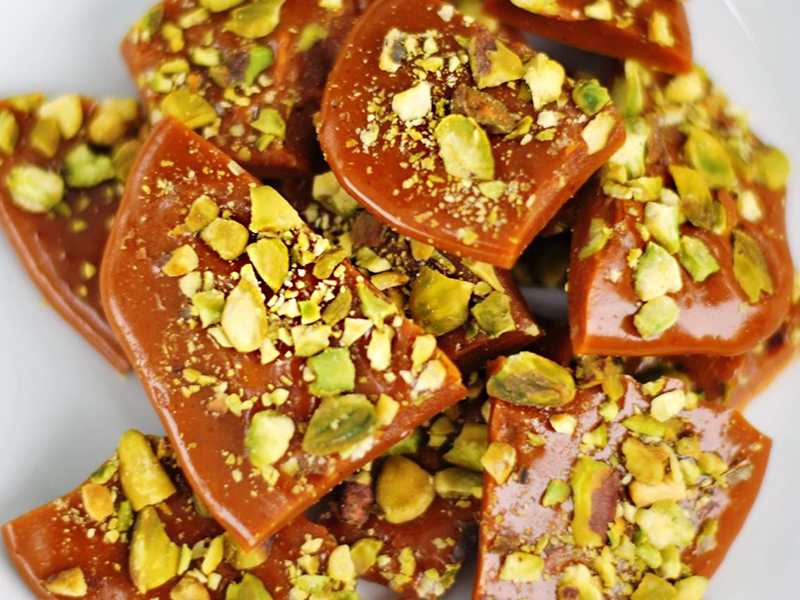




Leave a Reply
Want to join the discussion?Feel free to contribute!